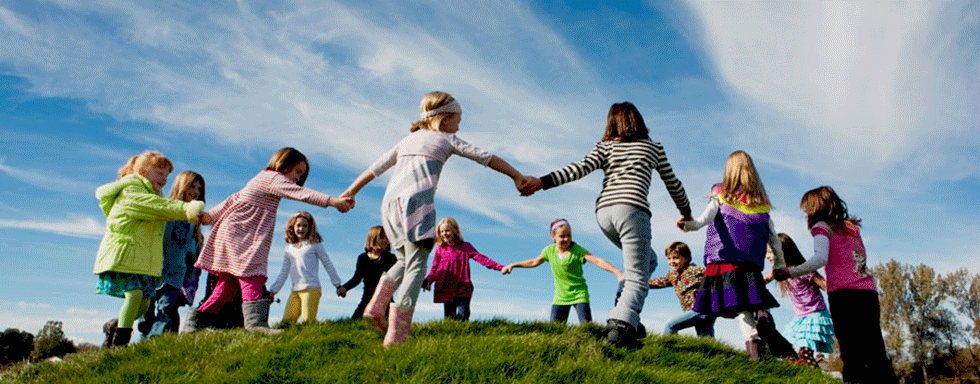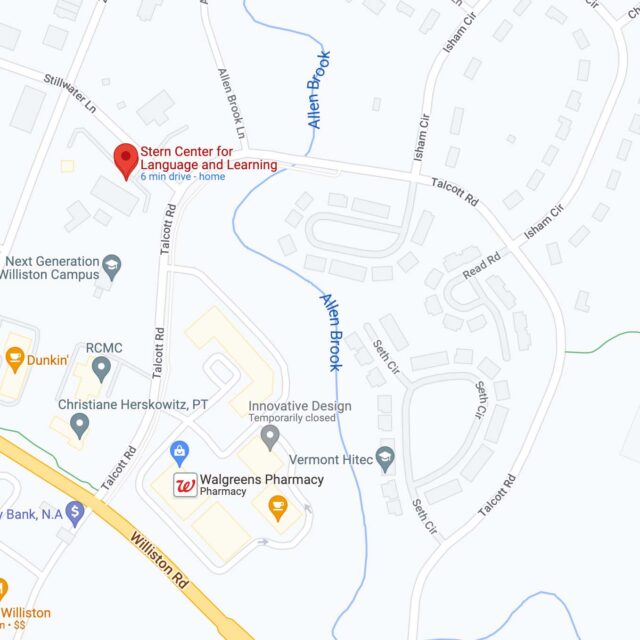
Introducing Julie Scrumptious!
By Julie Erdelyi, M.A., Director of Social Learning and Communication
At different times in all our lives we wonder, “How did I wind up here?” Life sometimes takes us into directions we might not have imagined for ourselves. Considering this question in relationship to my job —teaching people who have autism spectrum disorders—my emphatic answer is, “I’m here of my own choosing!” When I describe my job, almost everyone has the same response: “You must have a LOT of patience!” Nope. Honestly, I am not patient. I get irritated in the checkout line at the grocery store like everyone does. “What you really need to do this job,” I tell them, “is a sense of humor.” That’s how I got from there to here—with a sense of humor.
How did I first realize humor was needed? That’s easy. The numerous ways I have been greeted by people with autism spectrum disorders (ASD) taught me, little by little, that humor is the key to success − not just in this job, but in life. As it turned out, I had much to learn from the range of greetings offered by my students.
First there was Jackie, a teenaged girl with Retts Syndrome who would rock and smile and YELL enthusiastically when I said hello to her. I couldn’t believe it! Here she was, unable to walk, unable to speak, and she was so happy to see me. I thought, “I have got to lighten up! There is not a single challenge I face that comes anywhere close to what Jackie copes with every day, and she is smiling at me.”
The following year, I met Bryan. He greeted me with, “You have beautiful lipstick.” By now I was beginning to notice that sometimes the autism way of doing things can be much (much!) better than the “generally accepted” way. Like with greetings and the typical ways people greet each other. I certainly found “you have beautiful lipstick” much more appealing than a simple, “hi.” Wouldn’t you?
During that same year I also worked with Kevin. One day, I walked into the classroom and Kevin said, “Quack.” I could not help myself − I burst out laughing! Kevin immediately asked, “Ms. Erdelyi, why are you laughing?” So I said, “Kevin, do you know you just quacked like a duck?” With a wide smile he said “yes” and I replied, “Well, that’s funny!” Another greeting that tickled my funny bone in a way that a simple “hello” never accomplished.
One evening at a school carnival I ran into another student, George, who I had seen an hour and a half earlier, when school let out for the day. Recognizing me in the cafeteria, George chimed, “MS. ERDELYI, HI! I MISSED YOU!!!” as he encircled me with his arms. My children were with me at the time and his animated greeting gave them a lasting impression of me as the world’s most loved teacher. I was beaming!
What do greetings really do for us anyway? They are a social convention we expect, but one that has become so routine—a head nod, a single word—that I wonder why we keep using them. Of course, greetings are a social courtesy we extend to others. But they can also be so much more! My experiences with my students have shown me how important a greeting can be when it rises above the ordinary. That’s when they become an acknowledgement that we are thought about, cared about, by others. Wow. What if the way we greet says something about how much we care? Is it possible that I say “hi” in a much sunnier way to someone I like? If that is true, then perhaps the greetings of people with autism—as unconventional as they may seem—are their ways of telling us how much they like us?
Suddenly a world of understanding about my students opened up before me, in a way I had never before noticed. And I decided I liked this autism way of thinking oh so much! Recently, I was asked to go to an elementary classroom to consult with a teacher and an aide who clearly shared my affection for the ASD way of thinking. Our student, Gordon, knew me from a weekly group we both shared. During the consult Gordon told me he was able to think in a flexible way about his behavior that day because “My bestest friend, one of my bestest friends is here to see me.” (He meant me.) Lest you be confused, I have not made any social overtures to become Gordon’s “bestest friend.” Still, he honored me with that greeting because he knew me to be a person who understood him—who supported him when he was at his worst and applauded him when he was at his best. Gordon easily recognizes people who understand his thinking and those who do not. It is as natural to him as breathing. What’s unique or different about Gordon is only the way he communicates this understanding.
One of my favorite greetings happened while I was co-coaching a new social thinking group. One of our kids was struggling to communicate and needed extra help. On the night I met him Frankie said, “Are you my helper?” I sat down next to him and said, “Yes, I am. My name is Julie.” Frankie responded with, “You’re Julie Scrumptious!” As soon as he announced this, my co-coach broke into song! It seems Julie Scrumptious is a character in a song in Chitty Chitty Bang Bang. My face turned shades of red and laughter ensued − mild reactions compared to those of the parents from the group, who upon receiving progress reports six months later, said, “Do you mean your last name really isn’t ‘Scrumptious’?”
Please allow me to introduce myself; my name is Julie … Scrumptious. I teach kids who have autism. How on earth could I do anything else? And, why on earth would I want to?
*Names of all students have been changed.
